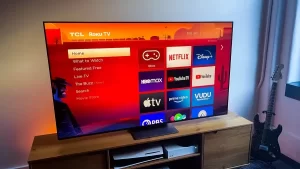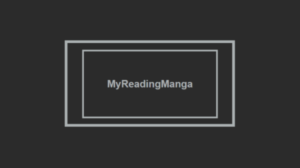Last updated on December 14, 2015
These days, there are a lot of people who take it upon themselves to do their own book design and printing. But with more people taking the DIY route, there are also going to be a lot of people that do it poorly. There are plenty of ways to make mistakes when you’re putting together a book, so one of the best ways to set yourself apart from all the other DIY people out there is to avoid the mistakes. Below are a few things to watch for as you design your book which will help you stand out not just for the quality of your text, but the overall quality of the book.
Gutter width and table layout
If your book includes any sort of table, you’ll want it to look as clean and professional as possible. This is for one primary reason: if it doesn’t look good, people won’t take it as seriously. It doesn’t matter if your facts can save lives or millions of dollars for a company—if the table is hard to read or doesn’t look very good, people won’t lend the information in it the gravitas you want them to give it. They’ll treat your work as less than what it is, because it doesn’t seem that you took the time to make it look good. But on the other hand, if you work on how a table is laid out and formatted before you send the book to the printer, even a little bit of work will remedy the issue.
The second aspect of your book’s layout—and probably one of the most important ones—is the gutter width. To clarify, the gutter is the space between the binding and where the text begins. If you set the text too close to the gutter, people aren’t going to be able to read your book. At the same time, you don’t want it too wide because the entire book will feel wonky. Be sure to leave yourself plenty of space (at least 25 mm) and try to make one advanced “proof” copy so you can know exactly what everything looks like.
Paper and typography
As good as your “between the covers” design might be, it won’t do any good if people can’t read it. That’s why choosing the right paper and the write typography (font) is key. For paper, it’s usually best if you use off-white paper without any gloss in the finish. The main reason for that is that off-white is easier on a reader’s eyes in high-light situations like the park, and glossy papers will create glare. Neither of those are things you want. As for typography, avoid fonts that include lots of embellishment! This isn’t second grade anymore, so you don’t need to find a flowing typeface. Decide whether you want a serif on your letters, and find one you think will be easy on someone’s eyes.
Know when to ask for help
Doing things yourself is certainly a good thing. It helps you learn to do things you wouldn’t have done otherwise. But the downside is that you probably don’t have a trained eye. If it gets to the point that you’re feeling overwhelmed by the process, just take some time and get advice from someone who does book design and printing for a living. The entire reason people get paid to do it is that big publishers know that if the spine stands out on the shelf, people will pick it up. If the cover holds their attention, they’ll read the blurb and might even buy the book. If you feel comfortable in your skills, try it yourself. If your confidence is lacking, get help. For the sake of your project, if nothing else.
















Be First to Comment